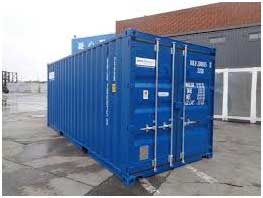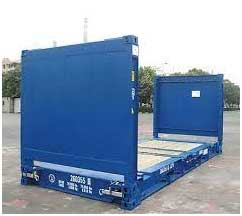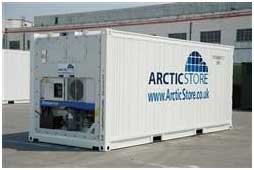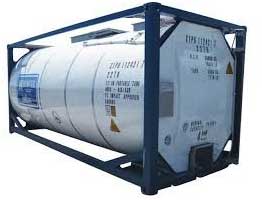Container Dimensions
Container Dimensions
Most Common Types Of Containers

Dry Container

Flat Rack Container

Open Top Container

Refrigerated ISO Containers

ISO Tanks
Shipping container dimensions and specifications.
Serial no.
20ft
20ft High Cube
40ft
40ft High Cube
1.
External (L x W x H)
6090mm x 2440mm x 2590mm
6090mm x 2440mm x 2900mm
12180mm x 2440mm x 2590mm
12180mm x 2440mm x 2900mm
2.
Internal (L x W x H)
6010mm x 2340mm x 2390mm
6010mm x 2340mm x 2690mm
12110mm x 2340mm x 2390mm
12110mm x 2340mm x 2690mm
3.
Door opening (W x H)
2280mm x 2310mm
2280mm x 2580mm
2280mm x 2310mm
2280mm x 2580mm
4.
Tare Weight
2050 kg.
2230 kg.
3750 kg.
3890 kg.
5.
Pay Load (Net Weight)
28430 kg.
28250 kg.
26730 kg.
26590 kg.
6.
Max Gross Weight
30480 kg.
30480 kg.
30400 kg.
30480 kg.
The information provided above is for general information purposes only.
All dimensions and weights are approximate as containers vary from manufacturer to manufacturer.
